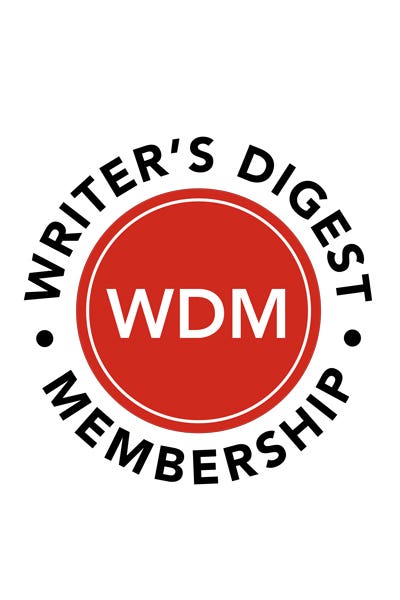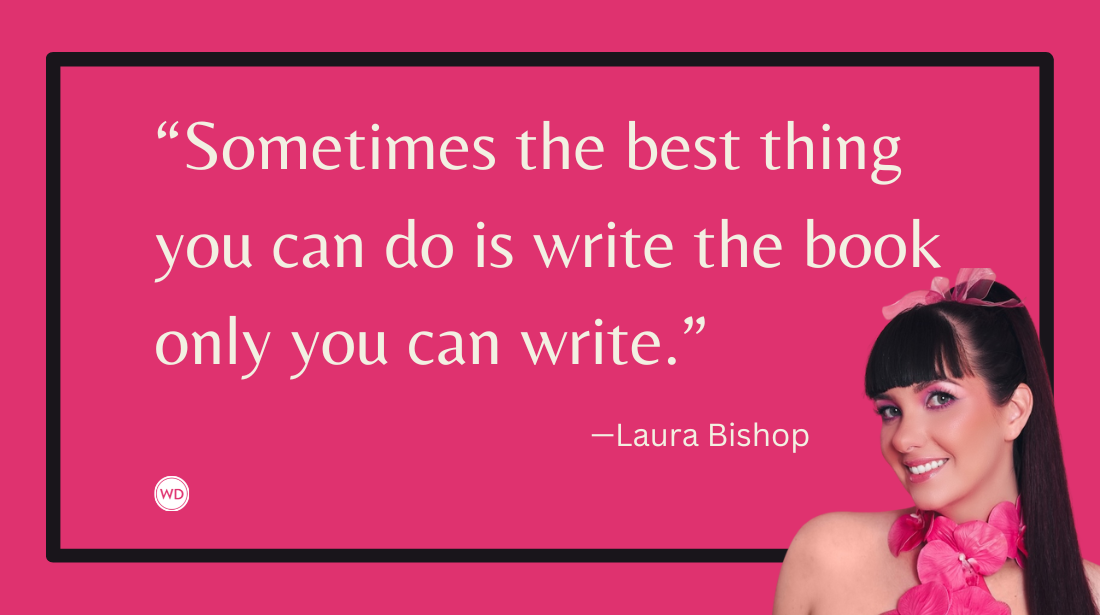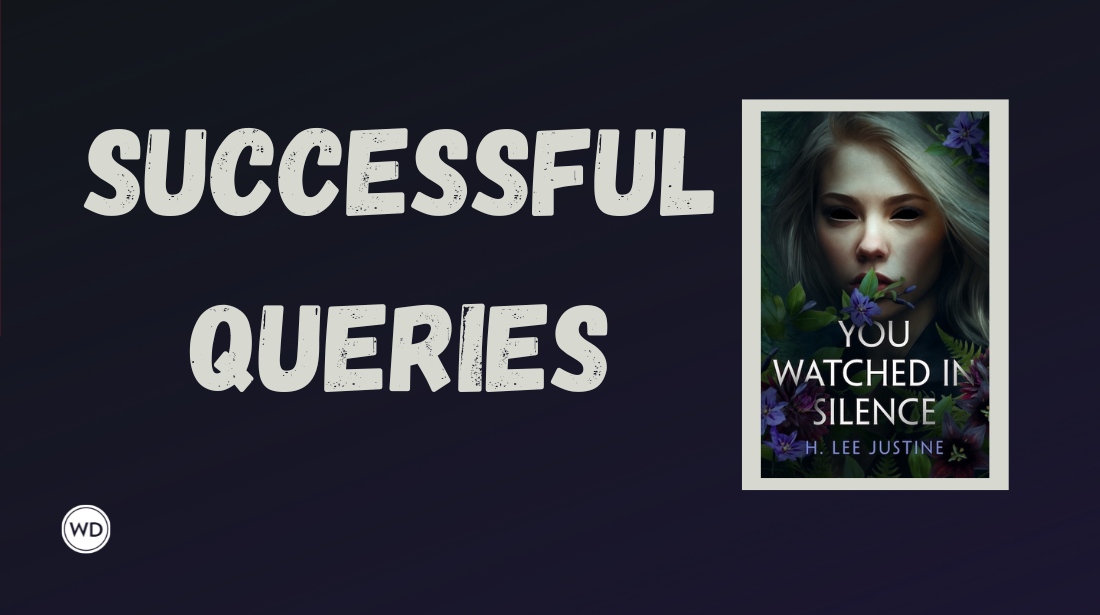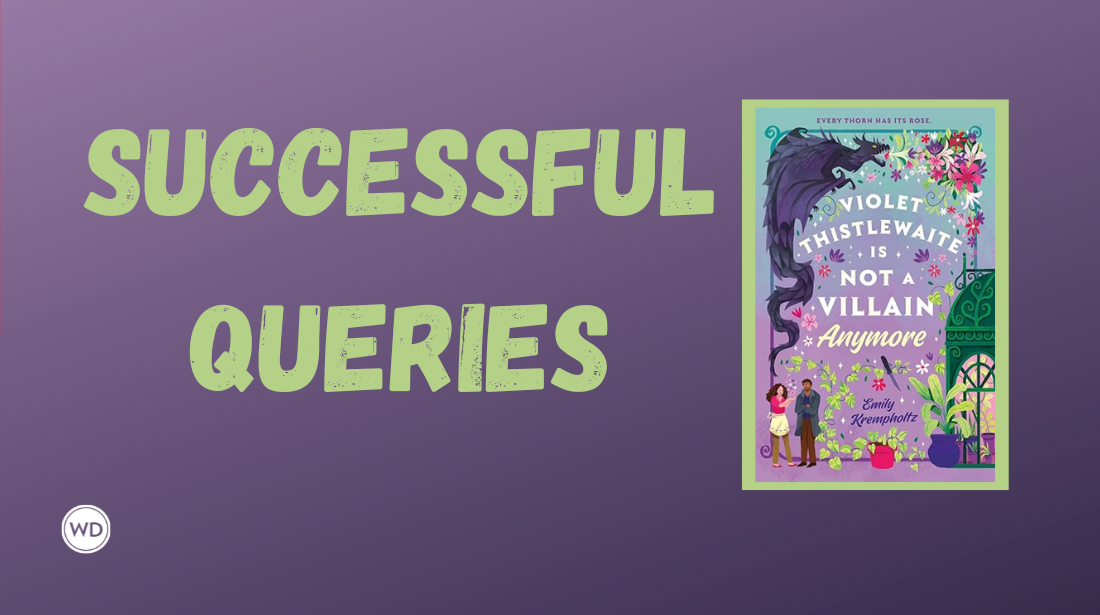An Honest Review of the Medium Publishing Platform Article Market
Freelance tech writer Matthew Adams recently decided to give the Medium Publishing Platform a try to see if it’s a viable market for writers.
In 2012, a former Twitter co-founder, Evan Williams, established the Medium online publishing platform. The founders designed this platform to encourage users to add longer, more extensive posts than on Twitter. Medium has since expanded with a Partner Program, which turned this publishing platform into a legitimate article market.
So, I decided to try out Medium to discover what its Partner Program is like. Now, I can give you an honest review of whether Medium is worth your time.
What Is Medium?
Although its founders might say otherwise, Medium is one big content site with a blogging angle. It is an open-to-all website where you can freely submit formatted articles about pretty much anything. Like blog posts, readers can reply to content on Medium.com with comments. Medium article pages include additional audience engagement options for clapping, following, and sharing content.
You can start freely submitting articles to Medium by signing into it with a Google, Facebook, or Apple account. Click the Sign in option on this Medium.com homepage and select a Google, Apple, or Facebook option to input the required login details. Then, you can access and utilize the story editor to submit articles.
Thus, getting started on Medium is straightforward. Medium can at least be a good place to add some sample articles if nothing else. All articles submitted to Medium outside of its paywalled Partner Program will be accessible for all. So, you can show article samples on Medium to anybody.
What Is the Medium Partner Program?
The Medium Partner Program enables member users to submit articles for its paywall content. Paywall articles on Medium, which non-members cannot read, can generate variable revenue for authors. To join the Partner Program, you must first become a Medium member by paying a regular $5-a-month subscription fee ($60 annually). Then, you can read all articles on Medium and satisfy the primary requirement for Partner Program enrollment.
However, there are also a few additional Partner Program requirements. You’ll need to have submitted one article to Medium within the last six months. You must be 18 or older and live in one of the many eligible countries (listed on this Medium page), which includes the USA, UK, Australia, and Canada. Bank and Stripe accounts are needed to receive article remuneration from Medium, for which there’s a $10 payment threshold.
The Medium Partner Program remuneration is entirely variable and residual. The revenue articles generate primarily depends on the number of member reads (not basic pageviews) they amass. Medium defines a read to be an article page open for 30 seconds or longer. Additional audience engagement from members, like claps and comments, also generates revenue for your articles. This Medium help page provides further details about the Partner Program earnings algorithm.
Partner Program members have no idea what remuneration they’ll receive for their Medium articles. Articles that are widely read on Medium can potentially generate high revenue. However, articles won't generate any revenue if Medium members don't read them. Plus, the membership requirement for joining the Partner Program means you must pay $5 a month to paywall stories, amounting to a $60 annual cost. Thus, your articles will need to generate more than $5 a month to make a profit on the membership charge.
Why I Joined Medium
I decided to join Medium primarily because of this online publishing platform’s flexibility. It is, after all, a website where you can submit articles about pretty much any topic you like. Nor are there any minimum length, stylistic, or formatting editorial requirements for articles to abide by. All articles you submit to Medium go straight onto the site without any editorial checks. Thus, Medium gives you complete freedom to write and format articles as you wish.
I also joined the Medium Partner Program because I have many old articles saved on my hard drive previously submitted to a Helium content site that closed down in 2014. These were old articles going to waste I could easily reuse on Medium. Thus, Medium gave me a chance to revive my hundreds of old articles previously on a former content website that no longer exists.
At first, I submitted articles without being a Medium member to see how many pageviews and reads they amassed. I was not impressed by the few pageviews my articles amassed but had little to lose by submitting more. Furthermore, my early Medium articles weren’t even indexed on Google. However, I decided to try the Medium Partner Program when my monthly stats for pageviews and reads increased to 294 and 88, and more of my articles appeared in Google searches.
Submitting Articles With the Medium Text Editor
I found the Medium story (text) editor for submitting articles quite user-friendly after getting to grips with it. However, it is somewhat different from the WordPress text editor I and many other bloggers are probably more familiar with. Unlike WordPress, the Medium story editor doesn't have a toolbar from which users can select formatting options.
Medium users can apply text formatting by selecting passages and clicking the + menu button to add visual elements. The story editor enables you to apply italic, bold, hyperlink, subheading, and quotation text formatting. You can add saved images, Unsplash pictures, and videos to articles with the story editor to enhance their visual appeal.
The story editor includes additional content menu options on an ellipses (…) menu beside the Save and publish button. You can select the Manage paywall setting on that menu when you’ve joined the Medium Partner Program. Selecting the Paywall your story checkbox enables the article to generate Partner Program revenue.
Medium Publications
Article visibility is important for increasing readership statistics on Medium. You can enhance the visibility of your articles by joining Medium publications. Medium publications are shared spaces for articles that typically focus on more specific topic categories. For example, there are many history, sport, science, and gaming-related Medium publications with articles that fit those topic categories.
Some Medium publications invite members to join them and have more specific editorial requirements for articles. This Medium page includes a big list of publications open to submissions for those who join them. Those publications provide instructions for how you can join them. You can submit articles to publications you’ve joined by clicking the three-dot menu button in the story editor and selecting Add to publication on the menu.
I joined the Day in History, Press Box, and Readfy Medium publications. Submitting articles to those publications slightly increased their readership statistics and revenue generated. However, submitting articles to the bigger Medium publications with the most followers could make a more significant difference.
My Medium Article Revenue Total for Two Months
I submitted many articles to Medium during my first Partner Program month. Those articles amassed 549 views and 88 reads. They generated a revenue total of $1.95.
I continued submitting many more articles to Medium for another month, about 300 in total. My page views and reads statistics for those hundreds of articles increased to 733 and 148. However, that amounted to a relatively slight earnings increase, with article revenue for the month amounting to $2.44.
My hundreds of Medium articles generated only $4.39 for two months. This total was less than the $10 membership cost required to access the Medium Partner Program for those months. My Medium articles reduced the membership fee, but nothing more than that.
Is Medium Worth It?
I can only say that I’ve found the Medium Partner Program to be disappointing from a business perspective for two months. My hundreds of Medium articles have generated revenue that is slightly less than half the two-month membership fee. Furthermore, I have yet to receive any remuneration from Medium because of the $10 payment threshold.
The most revenue a single article of mine has generated on Medium is $0.42. Many of my articles submitted have not generated any revenue at all. Of course, all those articles can still generate revenue in the future. However, it seems this monthly future earnings potential could be less than the Medium membership charge.
Yet, this doesn’t mean the Medium Partner Program will be disappointing for everybody, even though it has some shortcomings. Some Medium members say their articles have generated monthly revenue amounting to $900 to $1,000. This highlights Medium can be a genuinely worthwhile market for some, but that might only be a small minority of its members. Those who have reported much higher monthly returns for their articles say it can take time and persistence to make Medium worth it. So, two months might not be an entirely fair period for judging the Partner Program.
I recommend submitting some articles to Medium as a non-member first before jumping into the Partner Program. Then, you can review their readership statistics and build up a following from there. If your articles get a good number of member reads (at least 200 to 300), becoming a member and joining the Medium Partner Program might be worth it. However, don’t expect too much from the Medium Partner Program.
Matthew Adams is a freelancer who has produced a variety of articles for various publications and websites, such as Swing Golf Magazine, TripAdvisor, Windows Report, Tech Junkie, MakeUseOf, Naval History, Military History Matters, Artilleryman, dotTech, and Bright Hub. He has been a freelance tech writer for more than 10 years. Matthew is also the author of Battles of the Pacific War 1941-1945. Check out the book’s blog at battlesofthepacificwar.blogspot.co.uk.









